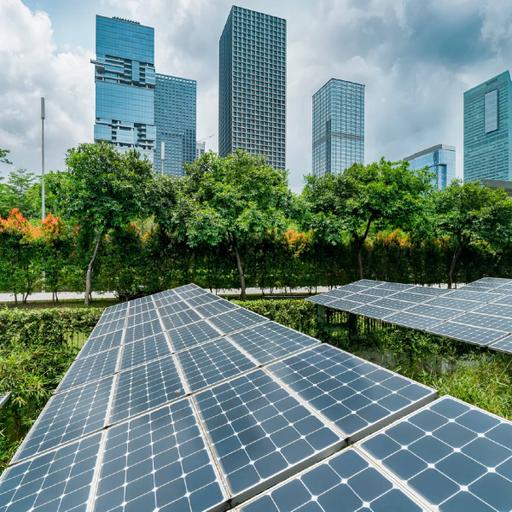Components of an Ecosystem
Presentations | English
Biotic components are the living things that have a direct or indirect influence on other organisms in an environment. For example, plants, animals, and microorganisms and their waste materials. Abiotic components of an ecosystem include all chemical and physical elements i.e., non-living components. Abiotic components can vary from region to region, from one ecosystem to another. They mainly take up the role of life supporter. They determine and restrict the population growth, number, and diversity of biotic factors in an ecosystem. Hence, they are called limiting factors. A terrestrial ecosystem consists of abiotic factors like climate, type of soil or rock, altitude, temperature, nutrients, and minerals, whereas abiotic components in an aquatic ecosystem include dissolved gases, depth of water, salinity, pH of water, light intensity etc. This topic explains about the ecosystem and the components of ecosystem. An ecosystem is a group or community composed of living and non-living things and their interactions with each other. They can be natural as well as artificial. Every ecosystem has two components, namely, biotic components and abiotic components. Biotic components refer to all living organisms in an ecology while abiotically refers to the non-living things. These biotic and abiotic interactions maintain the equilibrium in the environment. Let’s go through the components of the ecosystem in detail.

13.00
Lumens
PPTX (52 Slides)
Components of an Ecosystem
Presentations | English
